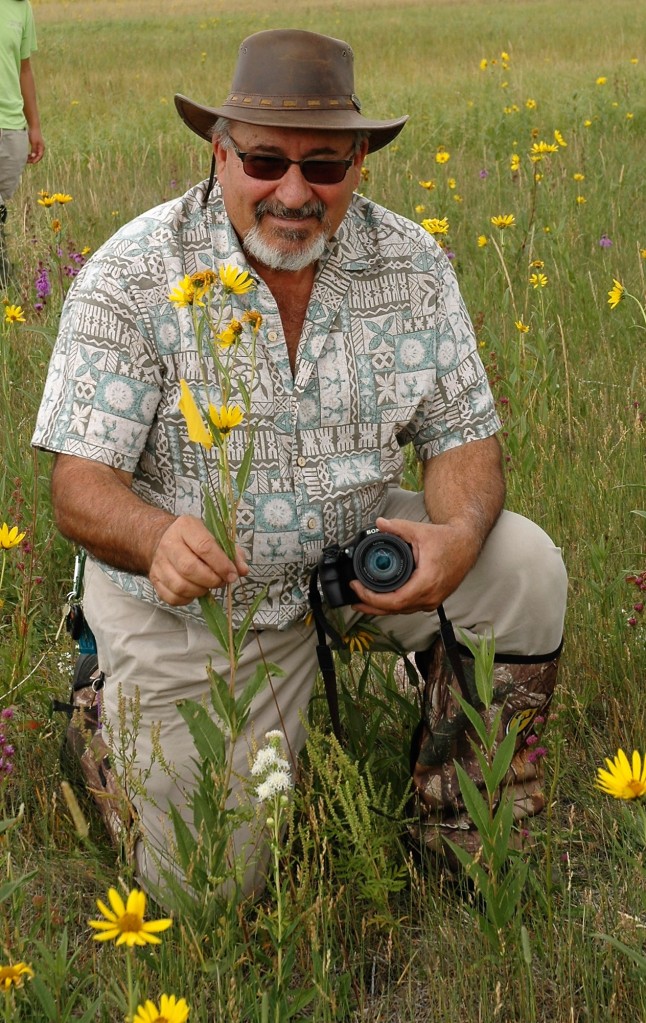
Winter sowing magically protects and sprouts seeds outdoors
Published February 9, 2024, in the Wyoming Tribune Eagle.
By Barb Gorges
Winter sowing is a fun technique I originally learned from Laramie County Master Gardener Michelle Bohanan in 2016.
It’s now so popular that an internet search brings 149,000 results.
Winter sowing imitates nature by leaving seeds outdoors over the winter. Sowing seeds in a container with a clear or translucent cover protects them from wind and critters but exposes them to snow and cold. Some kinds of seeds need to freeze and thaw to sprout.
The seeds sprout starting late April in Cheyenne. They can be transplanted directly into the garden (usually late May) without having to gradually harden them off the way indoor grown seedlings need to be.
Seeds
I use the technique primarily for native perennials, but it can be used for other perennials, annuals, and cold happy vegetables (cabbage, kale, etc.). Tomatoes, eggplants and other heat happy vegetables, not so much—it would give them too late a start to have ripe fruit before our first fall frost.
My native seed choices for beginners include:
–Narrowleaf Coneflower (purple coneflower’s Wyoming sister)
–Mexican Hat, also called Prairie Coneflower
–Blanket Flower, also called Gaillardia
–Black-eyed Susan, also called Rudbeckia
–Rocky Mountain Penstemon
–Beebalm, also called Monarda
–Showy Milkweed (most common milkweed in southeast Wyoming)
–Columbine
Look for these at the Laramie County Library’s Seed Library or from companies that specialize in prairie plants like Prairie Moon Nursery, Prairie Nursery, and High Country Gardens.
For more inspiration, see the Habitat Hero information at https://cheyenneaudubon.org/habitat-hero-resources/.
Timing
I aim to get seeds sown in January and February, when it’s finally cold enough, yet there is still enough cold weather for seeds that might need eight weeks of cold (stratification) to break dormancy.
Jugs
Michelle’s and my containers of choice are the 1-gallon pliable, translucent water, juice or milk jugs because they are deep and roomy, and even if you don’t buy those beverages, you probably know people who do.
My problem is that our family’s preferred brand of milk now comes in white containers. Because I donate jugs of seedlings to the Master Gardener spring plant sale, I’ve learned to hang onto the old translucent lids and reuse them with new white bottoms. If you store jugs in the dark the rest of the year, they will last for years.
Jug prep
Plastic jugs are so flimsy these days that my pointy kitchen shears are sharp enough to make a hole level with the bottom of the handle and then I can cut all the way around. I also poke four holes in the bottom for drainage.
Run-of-the-mill, peat-based potting soil works for me, though I should think about trying something more ecologically friendly.
Peat can be dry and very hydrophobic so I dump a bunch in a large tub, water it well, mix it and let it sit for a bit to get it wet evenly. Then I scoop it into the bottom of each jug 3 inches deep.
I use a Sharpie permanent ink pen to write the seed names on the sides of the jug bottoms.
Seed planting
Michelle counts out her seeds, planting them in grids of 4 x 4 or 5 x 5 per jug. Me, I tend to just scatter seeds. Once, I ended up with 200 in one jug. When crowded, seeds sprout but then don’t grow much, except for their roots, so they need transplanting much sooner.
Some seeds, usually the tiny ones, need light to germinate so just sprinkling them and pressing them against the soil is good enough. Plant 1/8th inch and larger seeds 1/8th inch deep. Check seed packets or the internet for more specific information.
After planting, force the top of the jug into the bottom. It’s Ok if the sides buckle. Remove the jug’s lid—more access for snow to get in.
Jug placement
Find a safe, semi-shady spot where snow likes to drift. If you have only a sunny spot, you may have to water periodically. After sprouting, move jugs to a sunny location and remove the tops of the jugs on nice days.
Removing seedlings
Good root growth holds the soil together in a jug like a giant peat brownie.
Remove the top of the jug, stretch your fingers across and through the seedlings. Then tip over the container gently to let the brownie drop out onto your hand.
Gently break the brownie apart, teasing out the individual seedlings for planting directly into the garden or into pots with more room. Be sure to gently shake off most of the potting soil before transplanting a seedling into the garden.







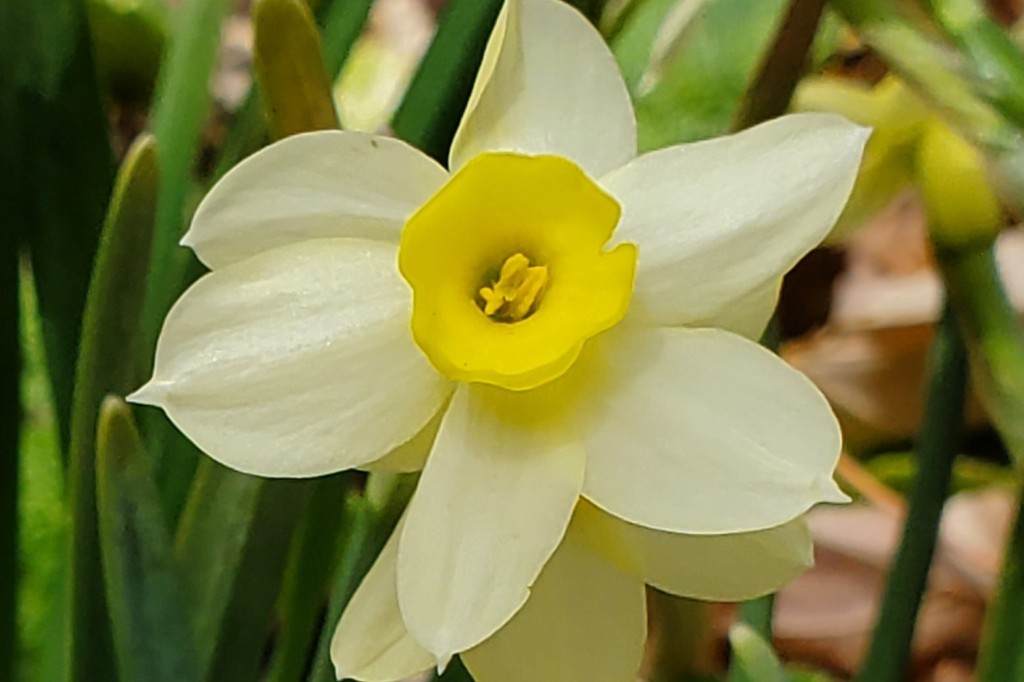



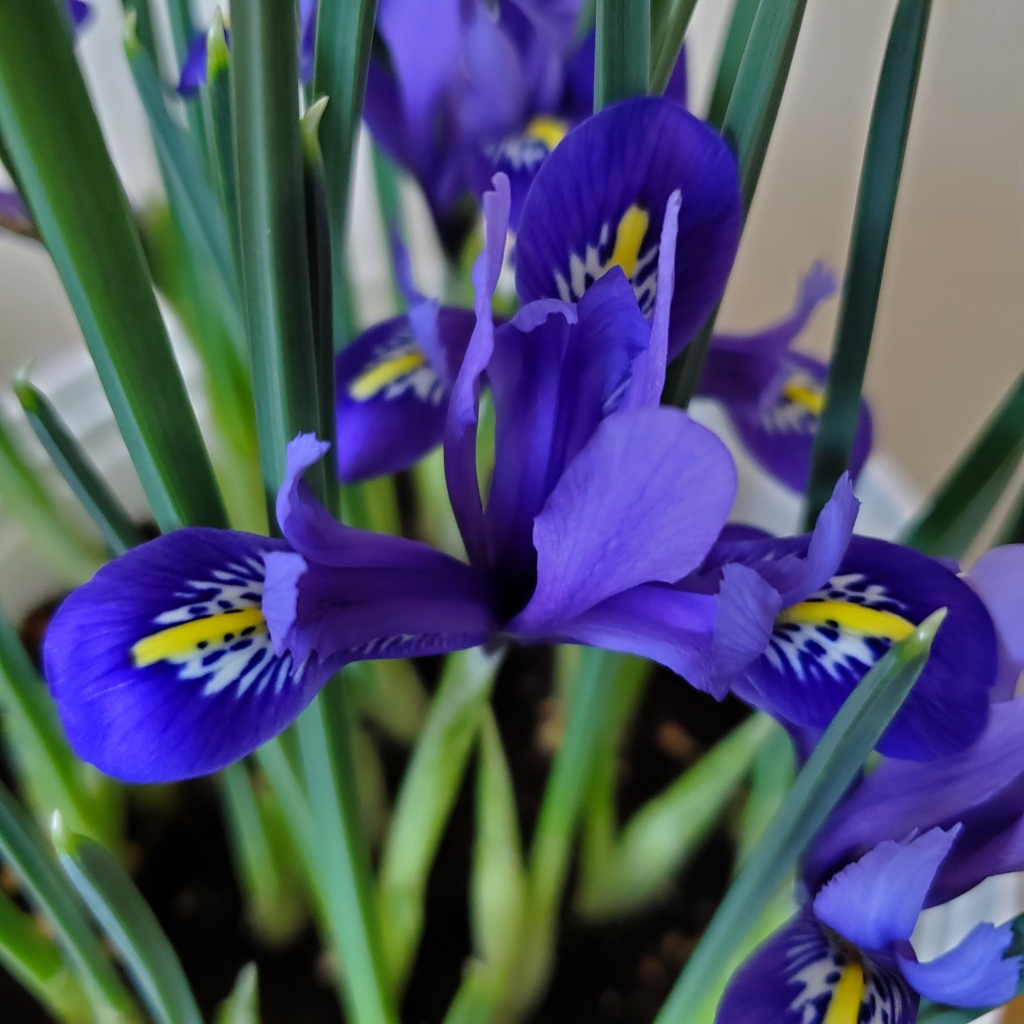


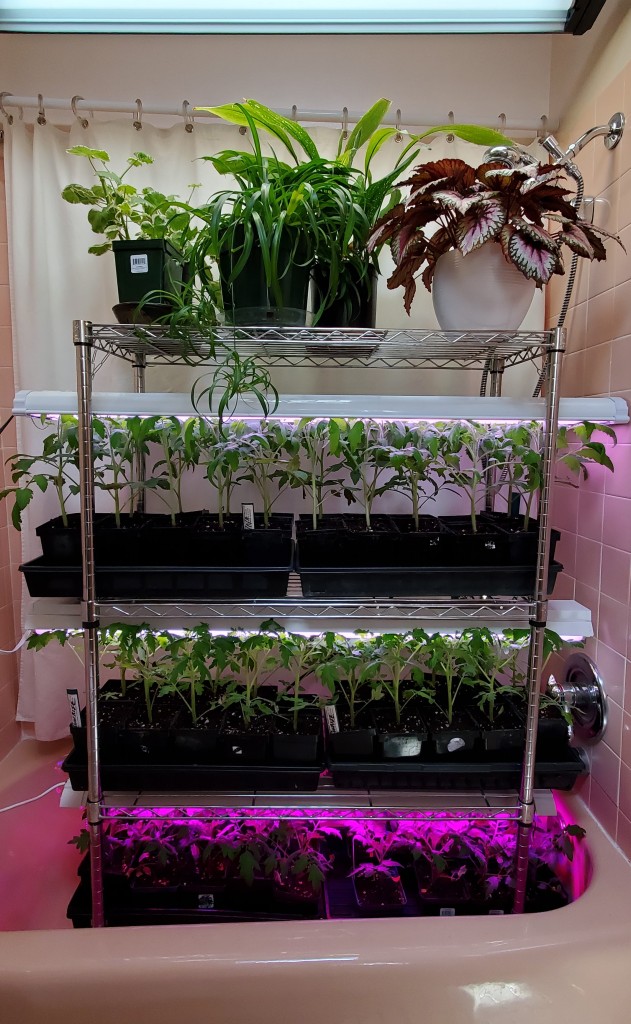

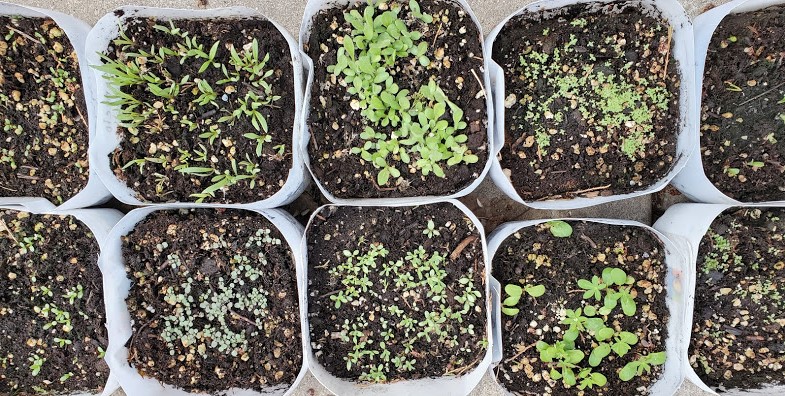



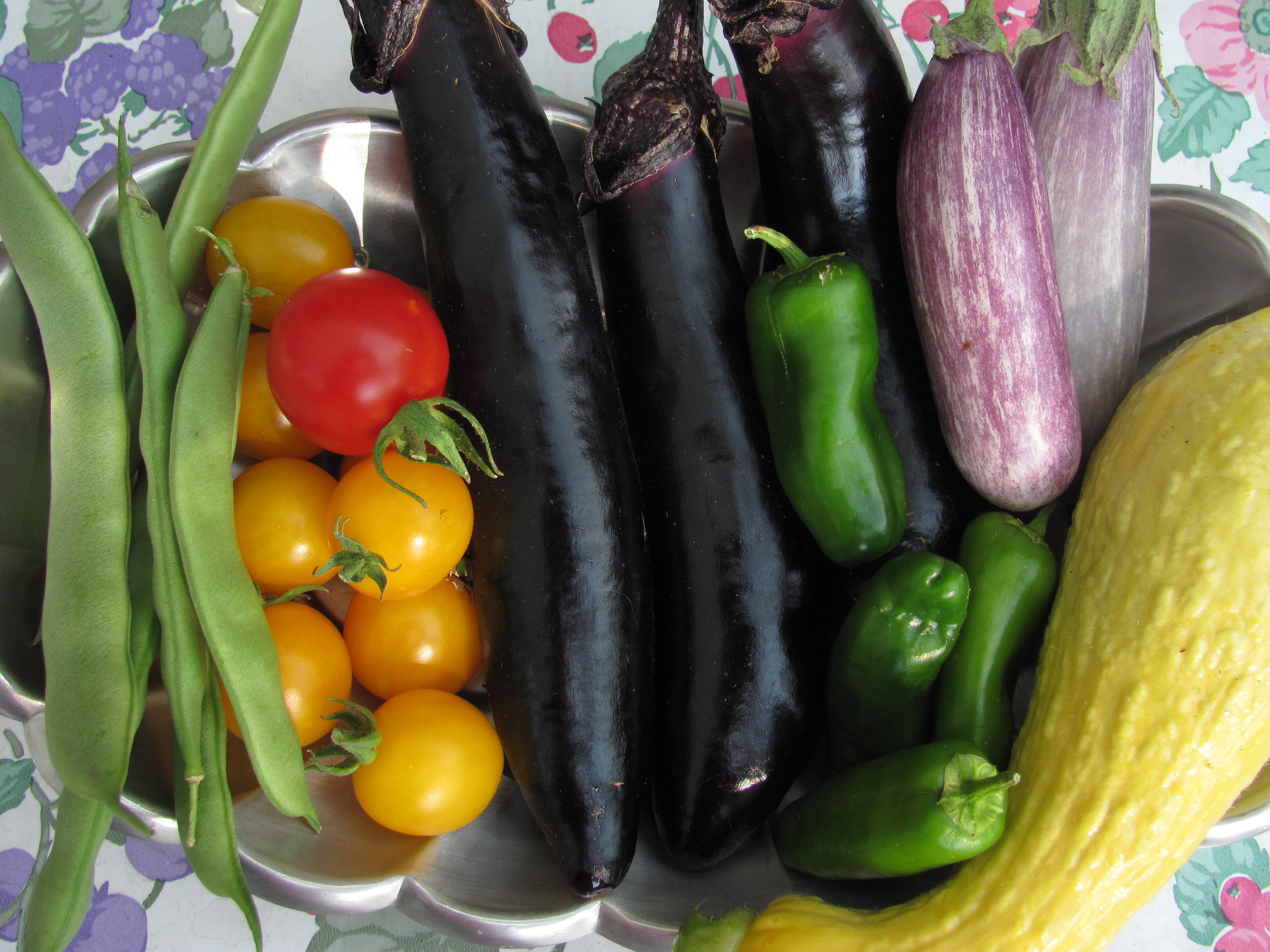
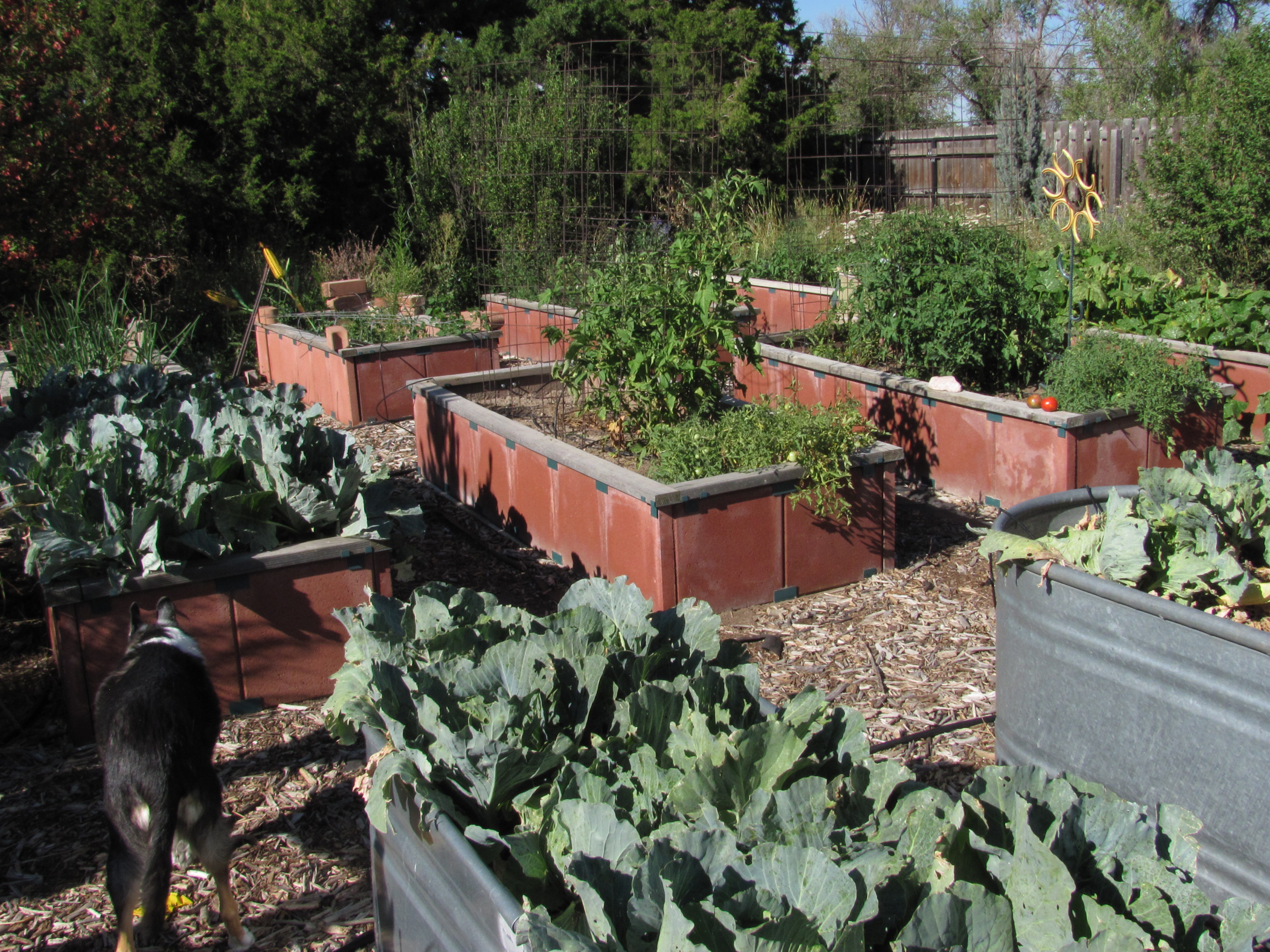
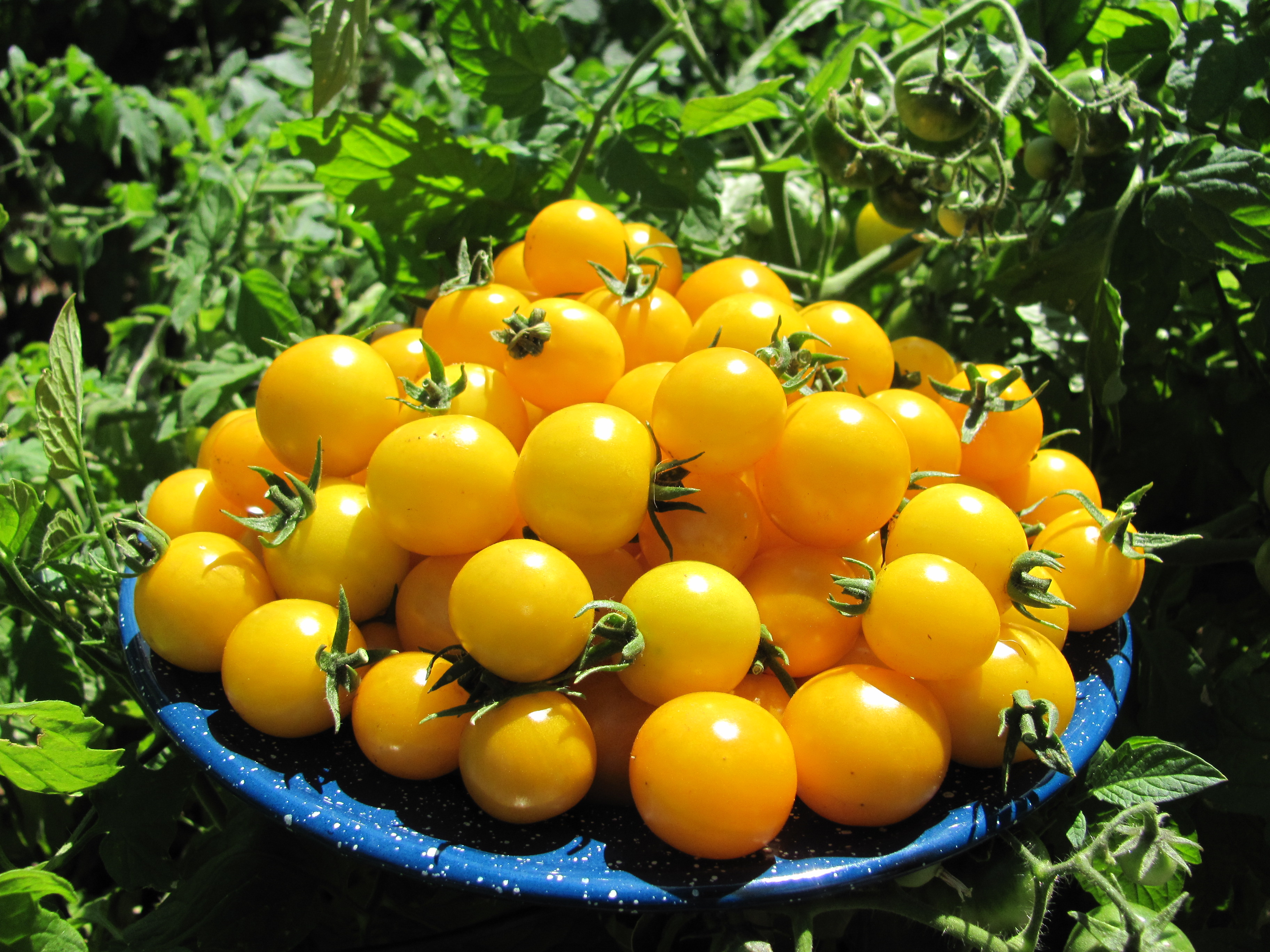


 6th Annual Cheyenne Habitat Hero Workshop: “Rethinking Wyoming Landscaping – Native Plant Gardening 101”
6th Annual Cheyenne Habitat Hero Workshop: “Rethinking Wyoming Landscaping – Native Plant Gardening 101” As part of his job at the gardens, Kelaidis leads plant tours to foreign countries, most recently Tibet. A tour of the Sichuan, China, planned for June will depend on world health concerns. It’s helpful he reads Chinese, having once been a student of the language.
As part of his job at the gardens, Kelaidis leads plant tours to foreign countries, most recently Tibet. A tour of the Sichuan, China, planned for June will depend on world health concerns. It’s helpful he reads Chinese, having once been a student of the language.